The breakthrough blends biological and mechanical elements, sparking ethical debates.


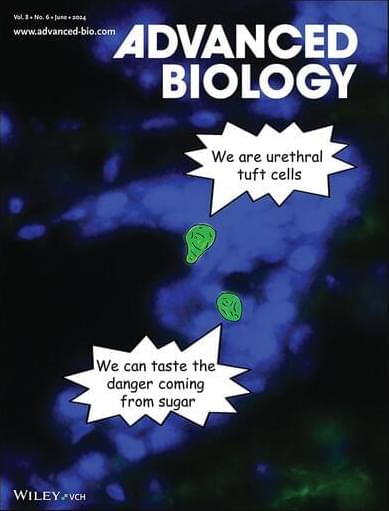

Spider spidroin revives the silken splendor.
In their quest to make silk powerful again, not by status but rather by thread strength, scientists turned to an arachnoid. Dragline silk, the thread by which the spider hangs itself from the web, is one of the strongest fibers; its tensile strength—a measure of how much a polymer deforms when strained—is almost thrice that of silkworm silk.2
Beyond durable fashion garments, tough silk fibers are coveted in parachutes, military protective gear, and automobile safety belts, among other applications, so scientists are keen to pull on these threads. While traditional silk production relies on sericulture, arachnophobes can relax: spider farms are not a thing.
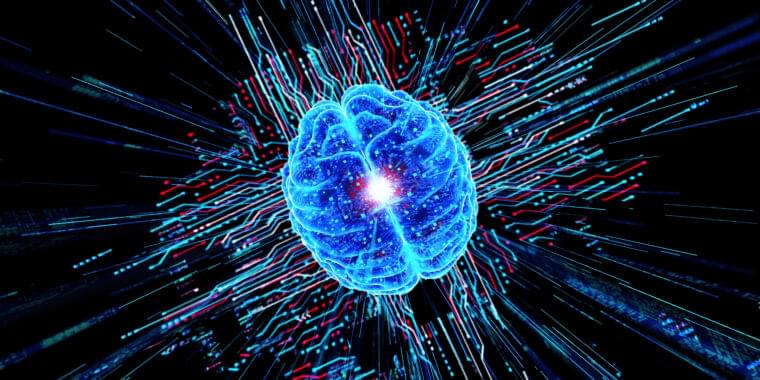
Advances in artificial intelligence are making it increasingly difficult to distinguish between uniquely human behaviors and those that can be replicated by machines. Should artificial general intelligence (AGI) arrive in full force—artificial intelligence that surpasses human intelligence—the boundary between human and computer capabilities will diminish entirely.
In recent months, a significant swath of journalistic bandwidth has been devoted to this potentially dystopian topic. If AGI machines develop the ability to consciously experience life, the moral and legal considerations we’ll need to give them will rapidly become unwieldy. They will have feelings to consider, thoughts to share, intrinsic desires, and perhaps fundamental rights as newly minted beings. On the other hand, if AI does not develop consciousness—and instead simply the capacity to out-think us in every conceivable situation—we might find ourselves subservient to a vastly superior yet sociopathic entity.
Neither potential future feels all that cozy, and both require an answer to exceptionally mind-bending questions: What exactly is consciousness? And will it remain a biological trait, or could it ultimately be shared by the AGI devices we’ve created?

“My work shows that we need to look more carefully at how ocean biology can affect the climate,” said Dr. Jonathan Lauderdale.
How will climate change influence the ocean’s circulation in the future? This is what a recent study published in Nature Communications hopes to address as a researcher from Massachusetts Institute of Technology (MIT) investigated how could hinder the ocean’s mechanisms of transferring carbon between the ocean floor and the planet’s atmosphere. This study holds the potential to help researchers, climate scientists, and the public better understand the long-term impacts of climate change and what steps that can be taken to mitigate them.
For the study, Dr. Jonathan Lauderdale, who is a Research Scientist in the Program in Atmospheres, Oceans, and Climate (PAOC) at MIT used models to challenge previous studies pertaining to the transfer of nutrients, specifically carbon, between the ocean floor and the Earth’s atmosphere, with an emphasis on a specific class of molecules called “ligands”. These previous studies dating back 40 years have hypothesized that weaker ocean circulation results in reduced levels of carbon dioxide being transferred to the atmosphere.
However, Dr. Lauderdale’s models indicate opposite results, meaning the amount of carbon dioxide being transferred to the atmosphere increases with decreasing ocean circulation. Upon further investigation, Dr. Lauderdale found that ligand concentrations between different ocean regions play a crucial role in determining this new trend regarding ocean circulation and carbon dioxide levels in the atmosphere.
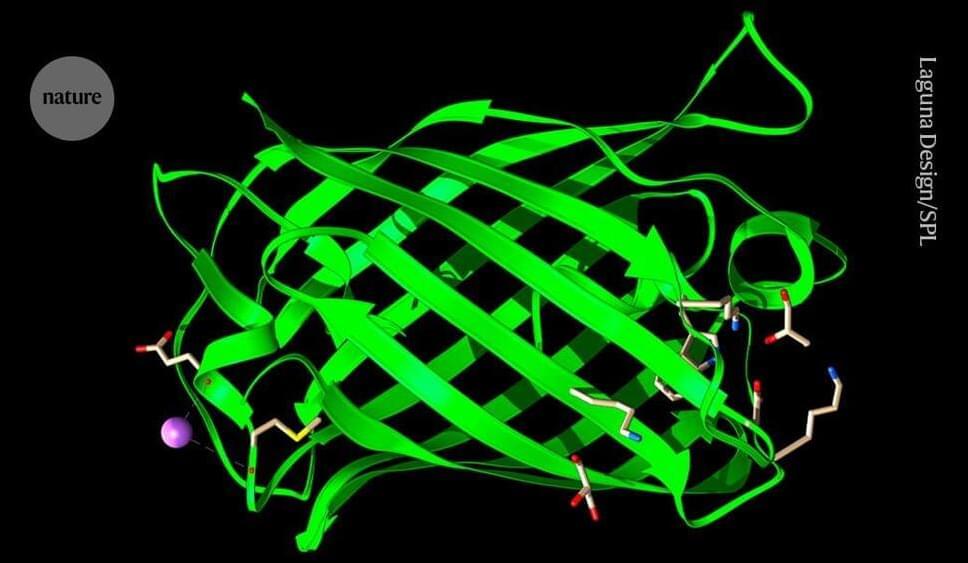
“We want to build tools that can make biology programmable,” says Alex Rives, the company’s chief scientist, who was part of Meta’s efforts to apply AI to biological data.
EvolutionaryScale’s AI tool, called ESM3, is what’s known as a protein language model. It was trained on more than 2.7 billion protein sequences and structures, as well as information about these proteins’ functions. The model can be used to create proteins to specifications provided by users, akin to the text spit out by chatbots such as ChatGPT.
“It’s going to be one of the AI models in biology that everybody’s paying attention to,” says Anthony Gitter, a computational biologist at the University of Wisconsin–Madison.
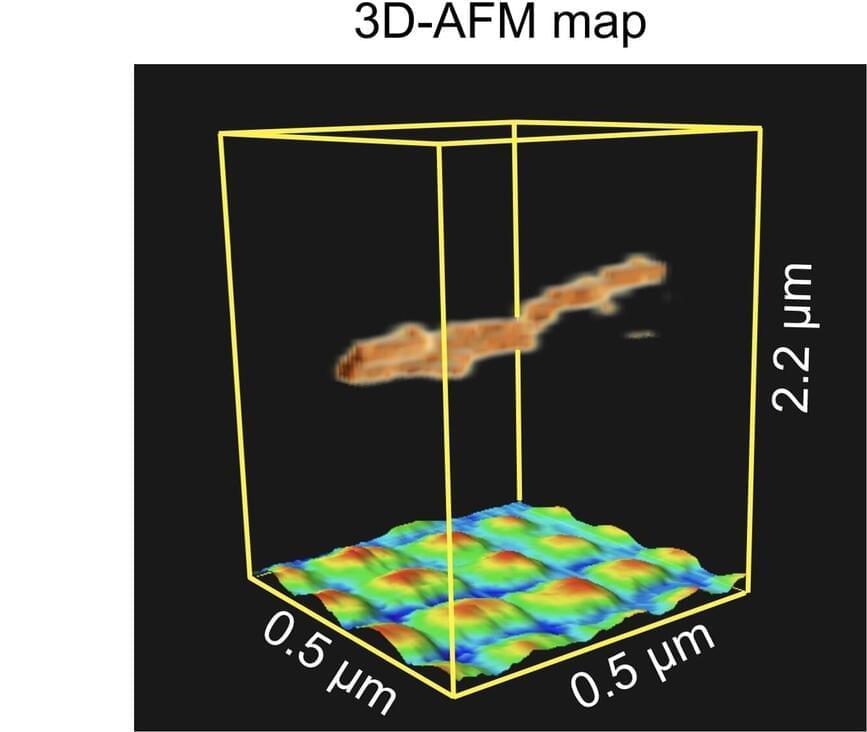
Researchers at Nano Life Science Institute (WPI-NanoLSI), Kanazawa University report the 3D imaging of a suspended nanostructure. The technique used is an extension of atomic force microscopy and is a promising approach for visualizing various 3D biological systems.
Atomic force microscopy (AFM) was originally invented for visualizing surfaces with nanoscale resolution. Its basic working principle is to move an ultrathin tip over a sample’s surface. During this xy-scanning motion, the tip’s position in the direction perpendicular to the xy-plane follows the sample’s height profile, resulting in a height map of the surface.
In recent years, ways to extend the method to 3D imaging have been explored, with researchers from Nano Life Science Institute (WPI-NanoLSI), Kanazawa University reporting pioneering experiments on living cells. However, for 3D-AFM to evolve into a widely applicable technique for visualizing flexible molecular structures, a thorough understanding of the imaging mechanisms at play is necessary.
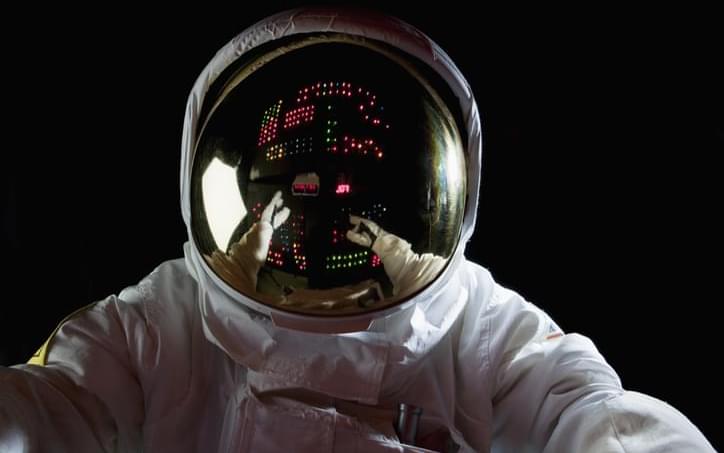
Editor’s note: Video above is about a NASA astronaut discussing an extended stay in space.
(THE CONVERSATION) – Only about 600 people have ever traveled to space. The vast majority of astronauts over the past six decades have been middle-aged men on short-duration missions of fewer than 20 days.
Today, with private, commercial and multinational spaceflight providers and flyers entering the market, we are witnessing a new era of human spaceflight. Missions have ranged from minutes, hours and days to months.

A new feature story out on book Transhuman Citizen:
A former presidential candidate who believes a dramatic increase in science funding can help humans achieve biological immortality has told Newsweek he is considering a third White House run in 2028.
Zoltan Istvan ran as an independent candidate during the 2016 presidential election when he attracted widespread media attention for driving a bus modified to look like a coffin from San Francisco to Washington D.C., to illustrate his believe that death can be overcome.
In 2019 he challenged Trump for the Republican presidential nomination using the campaign motto “Upgrading America,” in what he admitted was primarily a stunt to increase conservative interest in his ideas.
Istvan is part of the global transhumanist movement of people who want to use emerging technology such as artificial intelligence to radically enhance human capabilities. Many transhumanists believe humans will eventually achieve biological immortality, meaning people will no longer die from illness or old age, and could potentially have their minds uploaded to computers and live virtually.

WASHINGTON — The National Aeronautics and Space Administration (NASA) has announced that the agency is seeking assistance from industry as it begins a study into its Geostationary Littoral Imaging and Monitoring Radiometer (GLIMR) Access to Space (ATS) approach.
The GLIMR mission aims to provide transformative rapid observations of dynamic coastal zone ecosystems throughout the Gulf of Mexico (GoM) and coastal continental U.S. (CONUS). Its goal is to observe and monitor ocean biology, chemistry, and ecology to help protect ecosystem sustainability, improve resource management, and enhance economic activity. This includes identifying and tracking harmful algal blooms and oil spills, while also observing, quantifying, and understanding processes associated with rapid changes in phytoplankton growth.
The GLIMR ATS scope is expected to include several key components and activities: the spacecraft itself, the launch vehicle, the integration and testing of the GLIMR payload with the spacecraft, and the integration of the spacecraft with the launch vehicle and subsequent launch. It will also cover the command uplink from the industry-provided Mission Operations Center (MOC), the downlink of GLIMR engineering and science telemetry to industry-allocated ground stations, and the delivery of error-checked GLIMR data to various mission partners. Additionally, it encompasses all related tasks and support required during the planned GLIMR Mission, such as pre-launch planning, launch support, in-orbit check-out, and operations.